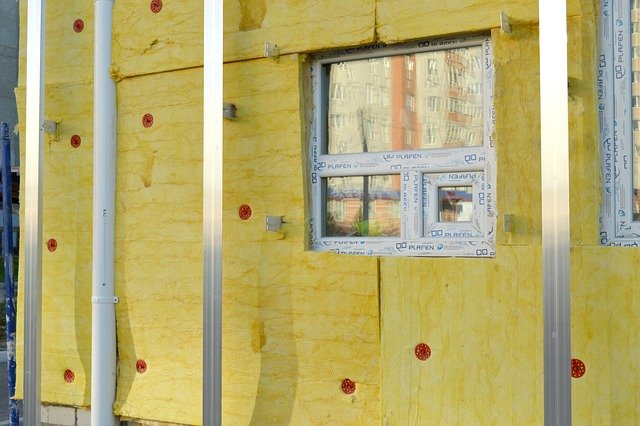How Much Should You Pay To Replace Your Conservatory Roof?
If you're looking to enhance your home, one of the most impactful improvements you can make is replacing your conservatory roof. Not only can a new conservatory roof elevate the appearance and comfort of your space, but it also offers several key benefits, such as better insulation, improved energy efficiency, and increased durability. Read on to discover conservatory roof replacement options and costs.

Lowering Conservatory Roof Replacement Costs: Practical Tips
Budgeting for a conservatory roof replacement can seem daunting, but there are ways to keep expenses in check. This involves comparing different materials’ costs and understanding the labour charges. Doing some work, like removing the old roof yourself, can also save you money. However, remember that quality and durability should not be compromised for cost-cutting.
Insulated Conservatory Roofs: An Investment to Consider?
An insulated conservatory roof might initially seem expensive, but it’s an investment that pays off in the long run. These roofs provide excellent thermal efficiency, reducing energy bills and creating a comfortable conservatory environment all year round. They also offer noise reduction and minimal maintenance, making them a sensible choice for many homeowners.
Tiled vs Insulated Roofs: Breaking Down the Costs
When comparing tiled versus insulated roofs in the UK, both options have distinct cost implications and benefits. Tiled roofs, often made of clay or slate, are more traditional and durable, with an average cost of £40 to £60 per square meter for materials and installation. However, they lack the energy efficiency of insulated roofs, which can significantly lower heating costs over time. Insulated roofs, designed to prevent heat loss, can be more expensive upfront, ranging from £70 to £100 per square meter, depending on the type of insulation used. While the initial outlay for insulated roofs is higher, homeowners may recoup the costs through lower energy bills and increased comfort, especially during colder months. Deciding between the two depends on budget, long-term energy savings, and aesthetic preferences.
Budgeting for Your Conservatory Roof Replacement
Budgeting for a roof replacement involves careful planning. Start by getting quotes from different suppliers and installers to understand the market prices. Consider additional costs like planning permission or structural changes. Finally, factor in ongoing costs like maintenance and potential energy savings to get a holistic view of the project’s financial implications.
Useful Facts and Tips About Conservatory Roofs
- Insulated conservatory roofs can reduce energy bills by up to 90%.
- Tiled roofs tend to have a longer lifespan than polycarbonate or glass roofs.
- Planning permission might be required for certain types of roof replacements.
- DIY roof replacements can save money but can be risky without proper knowledge and tools.
Understanding Conservatory Roof Replacement Prices in 2024
In 2024, conservatory roof replacement prices in the UK vary based on several factors, including the type of roofing material, the size of the conservatory, and labor costs. On average, replacing a polycarbonate roof costs between £2,500 to £4,000, while glass roofs range from £3,000 to £6,000. Solid tiled or lightweight roofs are typically the most expensive, with prices starting from £4,000 and reaching upwards of £7,000. Labor and regional differences can further affect costs, especially in areas where demand for skilled workers is high. Homeowners can expect to pay more for insulation and energy-efficient options, which may offer long-term savings on heating. It’s crucial to get multiple quotes and consider the benefits of each material when budgeting for a roof replacement.
In conclusion, replacing a conservatory roof is a significant investment, but with proper planning and understanding of the costs involved, it can enhance your home’s comfort and value. Always weigh the pros and cons of different roof types and consider the long-term benefits before making a decision.




